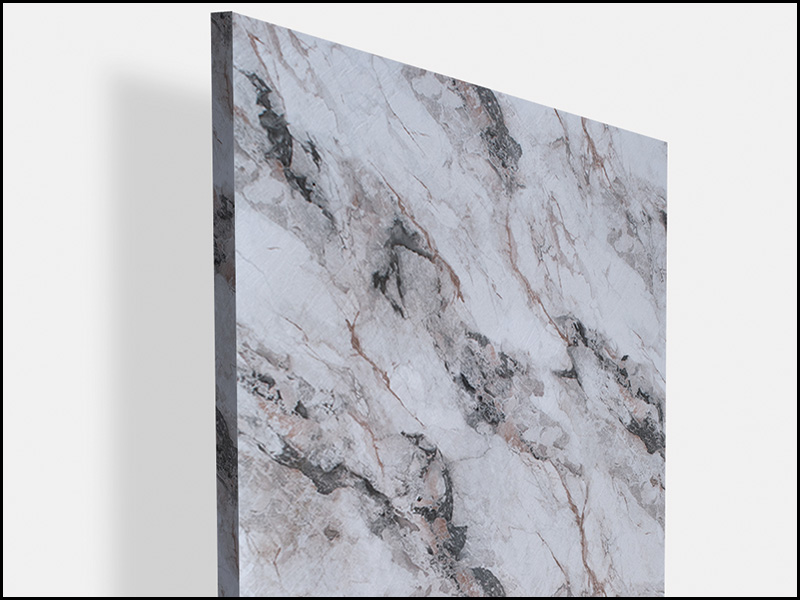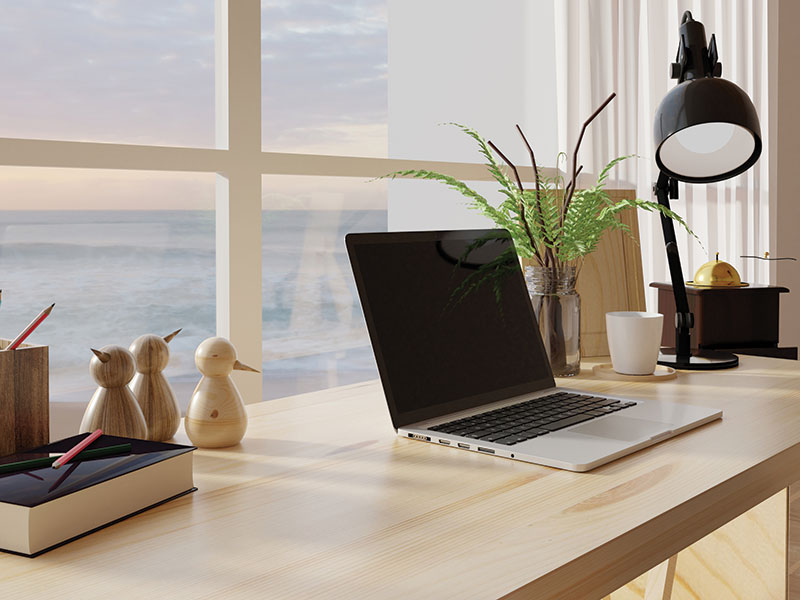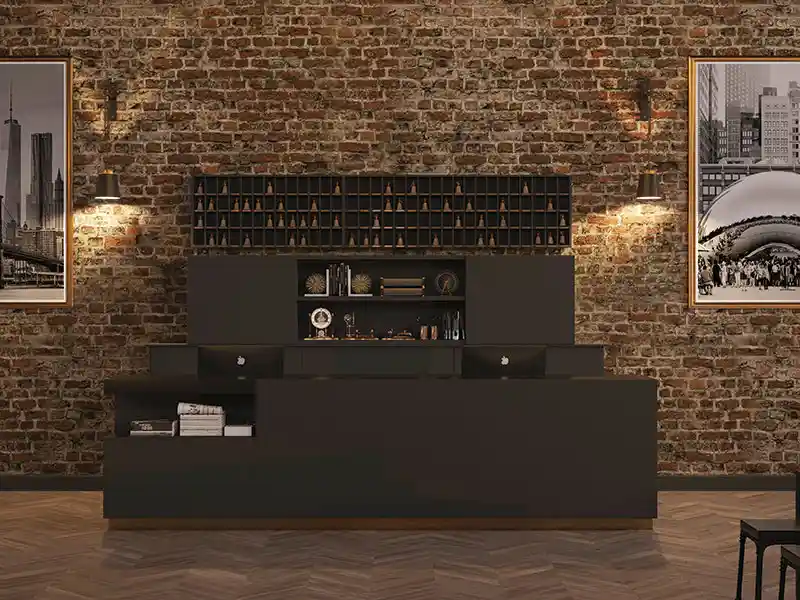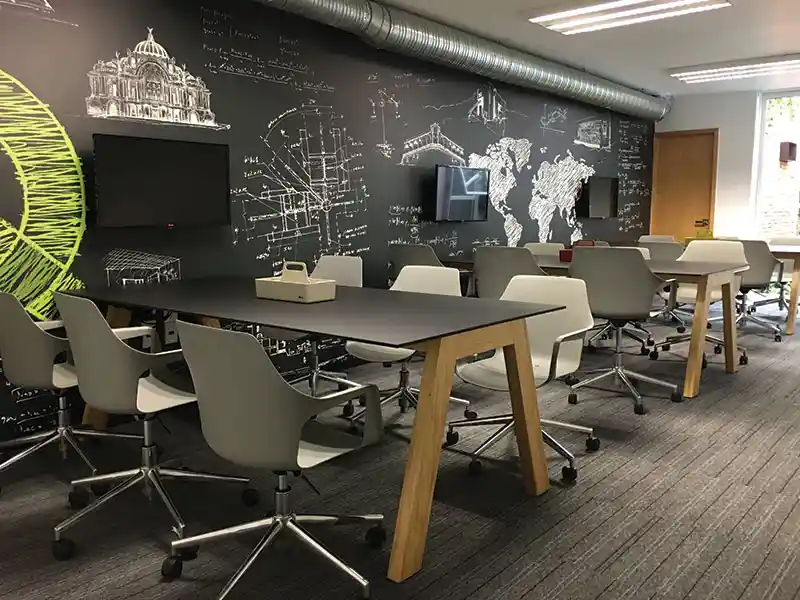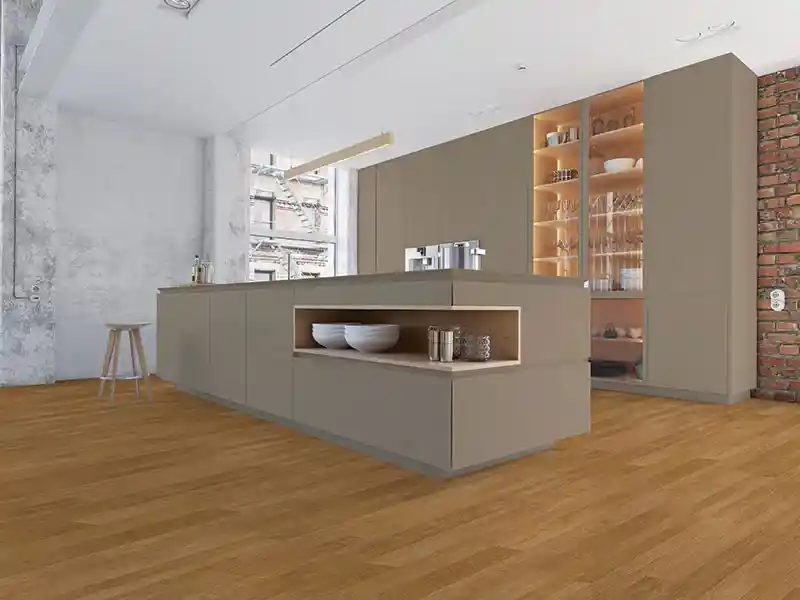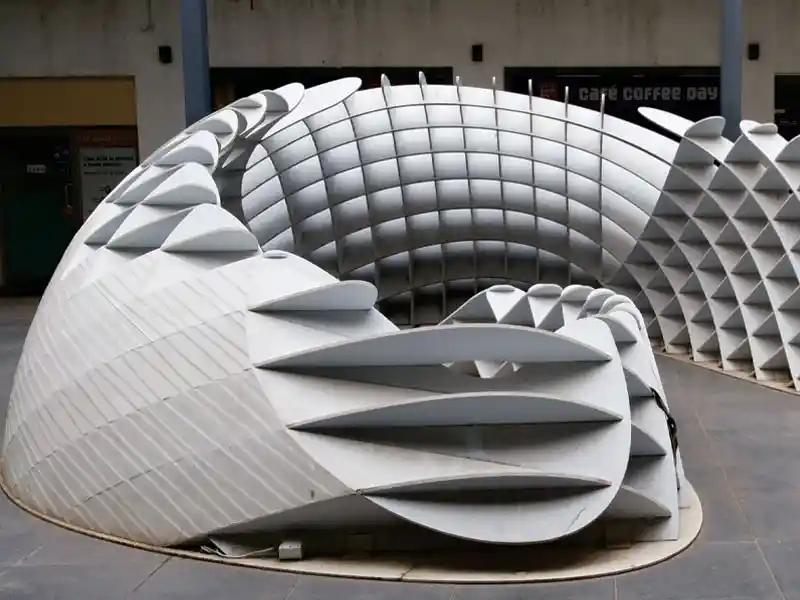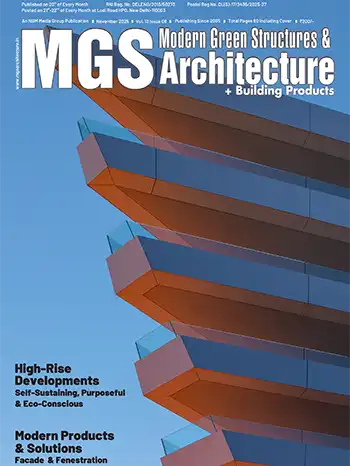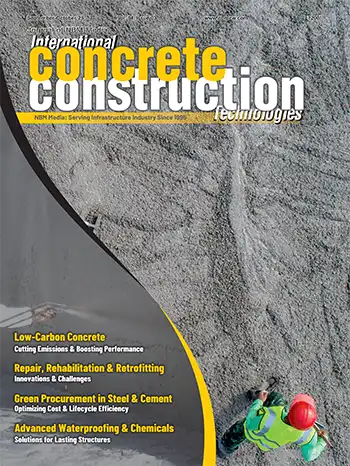Laminated glass is changing building design and construction, from conservation of energy to safety and sustainability - reasons why architects and builders across the world are choosing this cutting-edge product for designing interiors and exteriors of buildings, informs Dinesh Chandra Pandey, Managing Director, Shankar Fenestration Glasses.
The right balance of durability, safety, and environmental responsibility that modern building design requires is being represented by laminated glass. By adding such cutting-edge materials to our product portfolio positions us at the top of creative thinking in the manufacturing sector. Our aim is to improve building comfort and security while making a positive impact on the environment.
Dinesh Chandra Pandey
Buildings that are not only beautiful to look at but also safe, and environmentally friendly are being designed with the help of new materials and modern technological advances. Laminated glass is one such material that has improved security, has excellent sound absorption, UV protection, energy efficiency, durability, and offers adaptability in design, making it an excellent choice for architects and builders who want to create environmentally friendly and architecturally beautiful buildings. Laminated glass is expected to become even more important when designing buildings as newer technologies develop.
Increased Security and Safety
Laminated glass offers an extra level of security in high-risk locations like banks, schools, and commercial buildings, because of its resistance to forced entry and capacity to deal with major effects. A layer of ethylene-vinyl acetate (EVA) or polyvinyl butyral (PVB) is placed between two or more glass layers to create laminated glass. This interlayer keeps the glass from breaking into sharp, possibly dangerous fragments by holding it together even when it does break. This feature greatly reduces the possibility of broken glass injuries in the event of an accident, a natural disaster, or even planned acts of destruction or a break-in
Sound Insulation
Laminated glass is a great option for buildings in noisy locations. Its PVB or EVA interlayer reduces noise transmission into buildings by acting as a sound barrier. Better living and working conditions are made possible by the less noisy, warmer interior spaces that result from this improved sound insulation.
UV Protection
Laminated glass’s interlayer protects interior furnishings and occupants by blocking up to 99% of UV radiation. This property is most helpful for buildings with a lot of glass, like workplaces, museums, and shops, where UV rays may discolor and decrease expensive furniture and goods. The performance of laminated glass can be improved even more by combining it with other energy-saving innovations, such as low-emissivity (Low-E) coatings, which reduce heat gain in summers and heat loss in winters by reflecting infrared energy while letting visible light through. Laminated glass and Low-E coverings work together to create a highly effective glass system that helps in the achievement of environmental goals for buildings.
Design Flexibility
Laminated glass can be made in a variety of colors, patterns, and textures, enabling the creation of unique and imaginative designs. To give the glass a unique visual appeal, the interlayer can also include decorative elements like printed graphics or frosted finishes. Laminated glass can be formed or curved to fit complex architectural shapes, allowing creative and eye-catching building designs to be realized. It can be used for a variety of interior and exterior projects, such as flooring, windows, partitions, balconies, and exteriors.
Durability and Maintenance
Laminated glass is long-lasting and solid. Its interlayer shields it from moisture and UV rays that could eventually cause degradation. Because of this, laminated glass doesn’t need to be replaced and looks good for many years.





